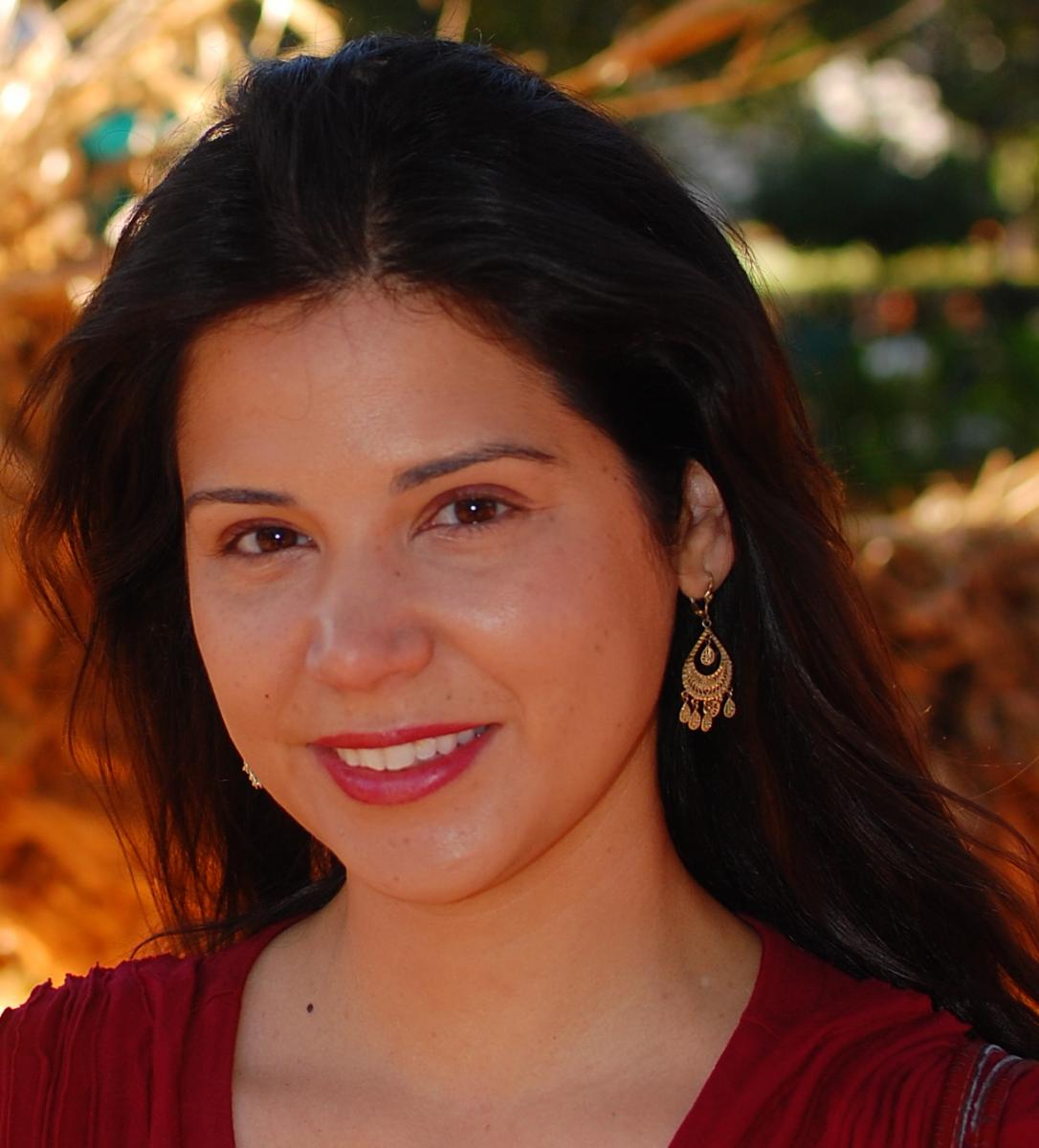Dual-language immersion programs are continuing to expand in schools across the country, Education Week’s Lesli A. Maxwell reports in a recent story. California, Texas, Utah and North Carolina are just a few of the states with popular programs. Maxwell reports that experts estimate that more than 2,000 programs exist nationwide.
Such programs give equal weight and time to English and Spanish. Instruction in each language is alternated, often by half-day or every other day. The classes can be comprised of all English language learners or “two-way” programs that mix ELLs with children who are fluent in English.
I find the popularity of such programs in California particularly interesting. While California voters approved ending bilingual education programs in 1998 and replacing them with English immersion, many districts are implementing dual-language programs. Because of the California law, parents must give permission for their children to take part in the dual programs. Maxwell interviewed Rosa Molina, the executive director of Two-Way CABE, a group that advocates for dual programs, about the positive impact on students.
“They preserve their primary language or their heritage language, they develop a broader worldview that they take into college and the work world, and they gain huge advantages in their cognitive development that translates into flexibility in their thinking and the ability to successfully tackle really rigorous coursework,” Molina said.
The article also mentions an ongoing research study of “two-way” programs in North Carolina conducted by Virginia Collier and Wayne Thomas. So far, the study has found the gaps between English language learners and white native English speakers in reading and math were smaller when the ELLs were enrolled in two-way programs than when they were enrolled in other programs.
Fundamentally, the two-way programs no longer segregate English language learners from native English-speaking children. And ideally, when those two groups come together they both benefit by helping each other become stronger in the second language.
“We are not talking about a remedial, separate program for English-learners or foreign-language programs just for students with picky parents,” Collier told Education Week. “These are now mainstream programs where we’re seeing a lot of integration of native speakers of the second language with students who are native English-speakers.”
